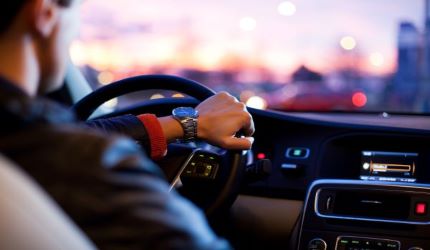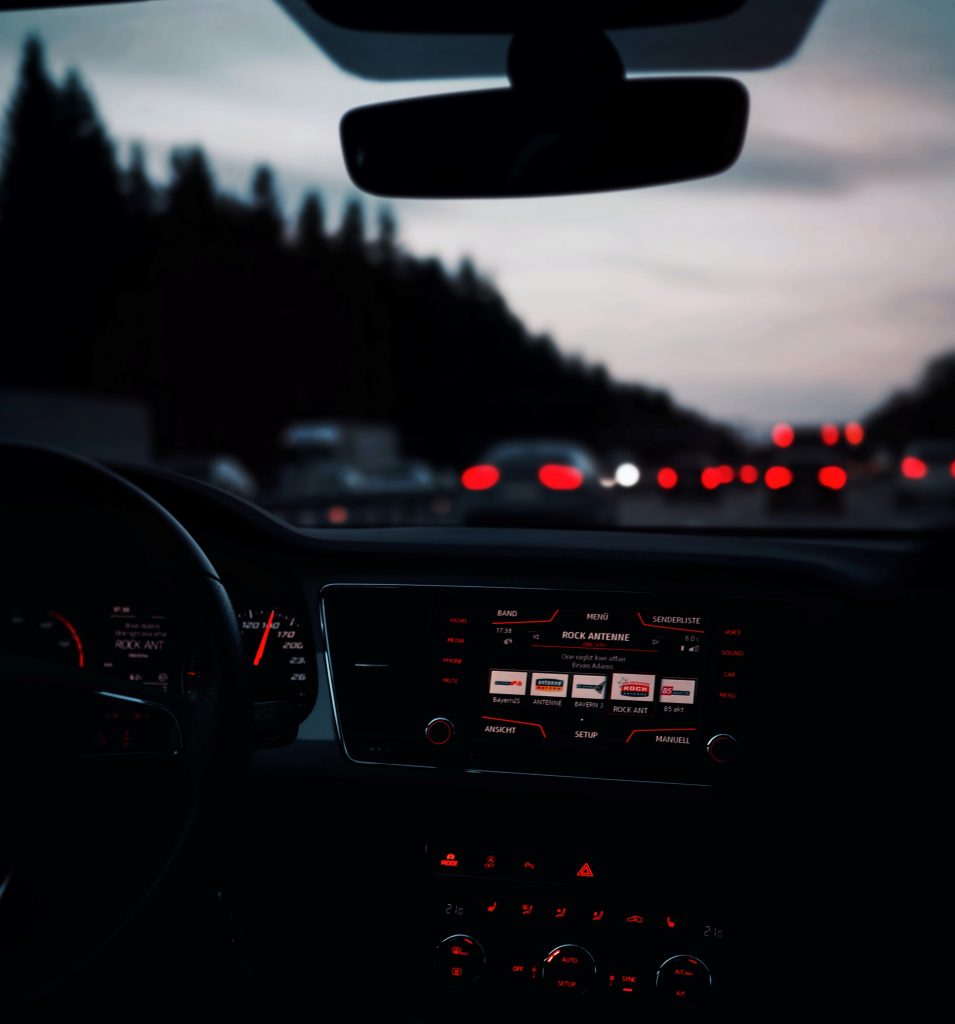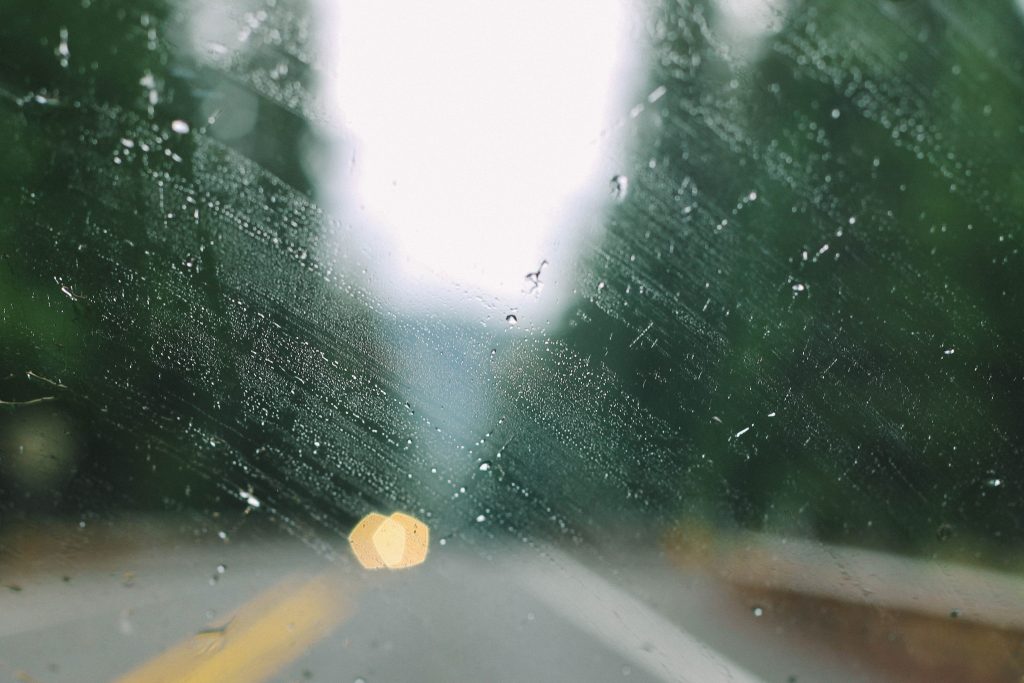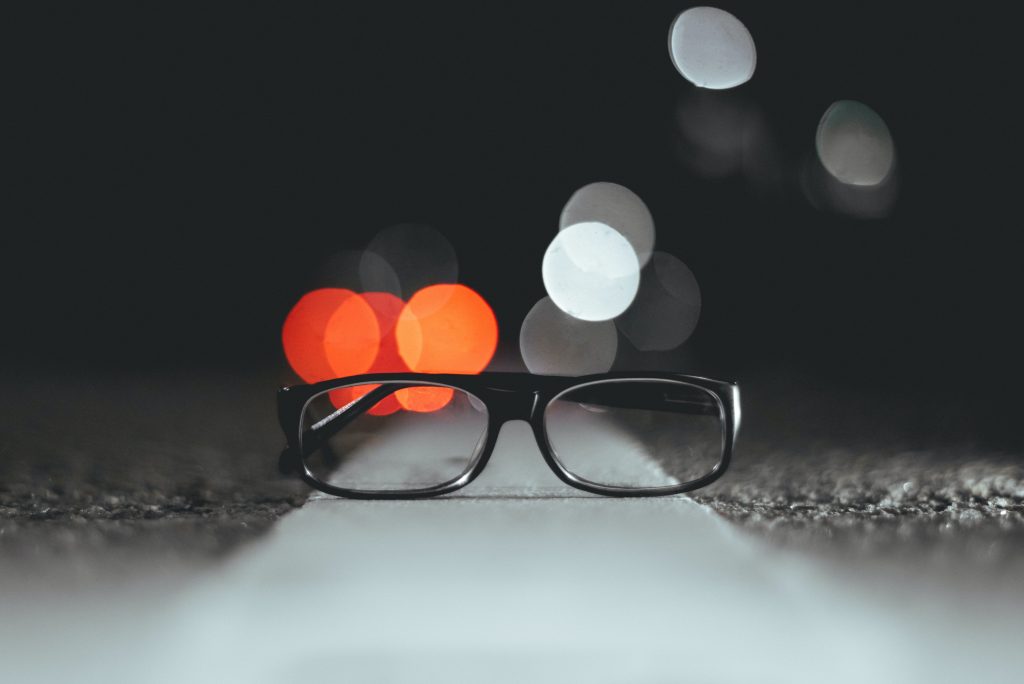
The clocks have gone back and the days are shorter, forcing us to spend more time driving in the dark. Our vision is compromised in darkness, making nighttime the most dangerous time to be on the road. To help you stay safe, we’ve put together a useful guide for identifying the challenges of night driving and the precautions you can take to improve your night driving experience.

The Main Challenges of Driving at Night
- Reduced Visibility - One of the main reasons that night driving is so hazardous is that darkness limits visibility to around 250 feet. This creates a slower reaction time and makes it harder to judge the speed and proximity of other vehicles.
- Headlight Glare - The headlights of oncoming vehicles can dazzle us and cause blurred vision and momentary blindness. Some Drivers will inadvertently slow down when another vehicle is coming toward them causing issues for drivers behind them.

- Animals & Pedestrians - Nocturnal animals such as foxes and badgers or pedestrians wearing dark clothing, are very difficult to see in headlights. They can cause a real crash danger for anyone driving at night, so you need to be extra cautious.
- Fatigue – Tiredness from working long hours or not getting enough sleep, is a major cause of crashes in the UK. Falling asleep at the wheel puts the lives of you and everyone else on the road in danger.
How To Enhance Your Night Driving Safety
- Check your headlights work properly – Never drive with broken or dirty headlights. A blown bulb will reduce your visibility, and dirt will affect the illumination.
- Clean your windows – A clear windscreen enables you to see approaching vehicles much better because the lights aren’t as badly diffracted. Your windows can also fog up quickly at night, so ensure your heater is in good working order.
- Don’t drive if you’re feeling tired - Don't drive if you've been awake for more than 16 hours. If you’re feeling drowsy, pull over and rest. If you have to stop on the side of the road, stay visible by keeping your hazard lights on.
- Avert your eyes from the lights of oncoming vehicles - Don't look directly at the lights of an approaching vehicle. Instead, avert your eyes to the side. If you stare at headlights, you’ll momentarily lose vision when the vehicle has passed and you’ve plunged into darkness again.
- Don’t use internal lights - Interior light reduces your ability to see outside your vehicle. You should also dim the dashboard lights as this can help reduce eye strain.
- Observe the tail lights of the vehicle in front of you – Paying attention to this will give you clues about the direction of the road and whether there are any bumps or dips coming your way.
- Wear anti-reflective glasses – As we get older, it is generally more difficult to see at night. Driving at night increases the size of your pupil which can accentuate any existing focussing problems, and cause blurred vision. If you notice such a blur, your current glasses lenses may need anti-reflective lenses.

Anti-Reflective Lenses
Zeiss DriveSafe lenses - With futuristic technology and initiative design, Zeiss DriveSafe lenses are the epitome of night driving excellence. Available in both single-vision and progressive lenses, they have been developed to optimise distance and intermediate viewing zones. All lenses have a Duravision coating that reflects the wavelengths responsible for blurred vision and eye sensitivity.
Nova Drive lenses - Owned by Essilor, Nova Drive lenses, boast sharp and natural panoramic vision which is virtually glare-free in all types of light. The varifocal lens has wide intermediate fields and power progression that easily switches between near and far focal points. They also have built-in Blumax technology to protect your eyes from harmful blue light rays emitted from headlights, street lights, and even your car dashboard.
Honeycomb lenses - Honeycomb technology is designed to physically redirect and distribute excessive light from entering your eyes. It's an advanced anti-reflective coating that improves vision accuracy and reduces eye fatigue. The Honeycomb lens is super hydrophobic, which means it repels water and oils naturally transferred from our hands or surfaces.
The design elements of all these lenses are not just beneficial for driving at night. They also help with the glare from computer screens, mobile phones, and artificial lights that we encounter in our day-to-day life.
